The DO Loop
Statistical programming in SAS with an emphasis on SAS/IML programs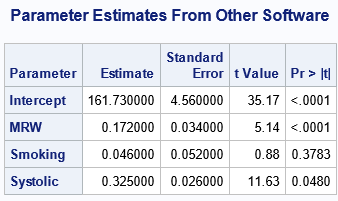
Part of the power of the SAS ODS system is the ability to visualize data by using ODS templates. An ODS template describes how to render data as a table or as a graph. A lot of papers and documentation have been written about how to define a custom template
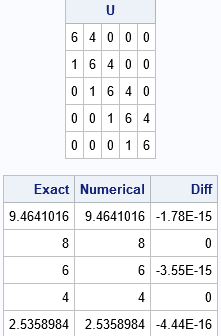
While writing an article about Toeplitz matrices, I saw an interesting fact about the eigenvalues of tridiagonal Toeplitz matrices on Nick Higham's blog. Recall that a Toeplitz matrix is a banded matrix that is constant along each diagonal. A tridiagonal Toeplitz matrix is zero except for the main diagonal, the
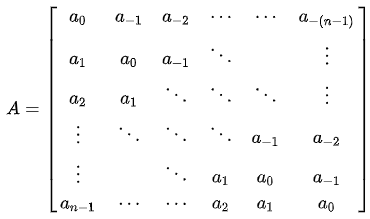
A Toeplitz matrix is a banded matrix. You can construct it by specifying the parameters that are constant along each diagonal, including sub- and super-diagonals. For a square N x N matrix, there is one main diagonal, N-1 sub-diagonals, and N-1 super-diagonals, for a total of 2N-1 parameters. In statistics and applied
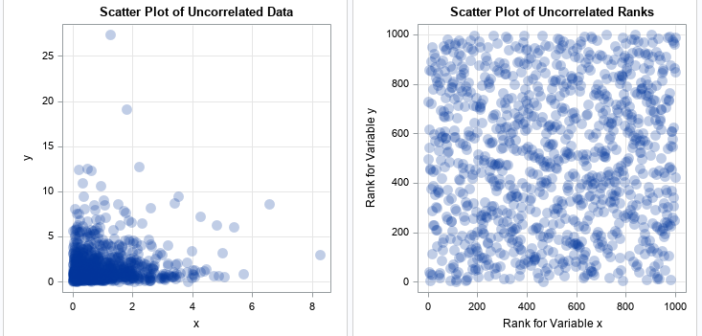
A previous article explains the Spearman rank correlation, which is a robust cousin to the more familiar Pearson correlation. I've also discussed why you might want to use rank correlation, and how to interpret the strength of a rank correlation. This article gives a short example that helps you to
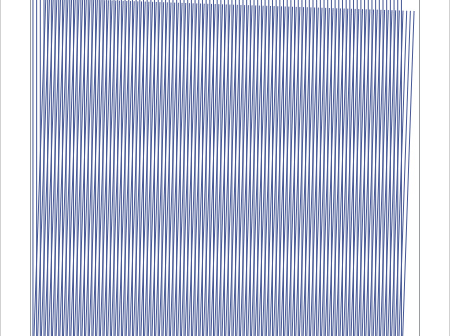
Since the COVID-19 pandemic began, video presentations and webcasts have become a regular routine for many of us. On days that I will be using my webcam, I wear a solid-color shirt. If I don't plan to be on camera, I can wear a pinstripe Oxford shirt. Why the difference?
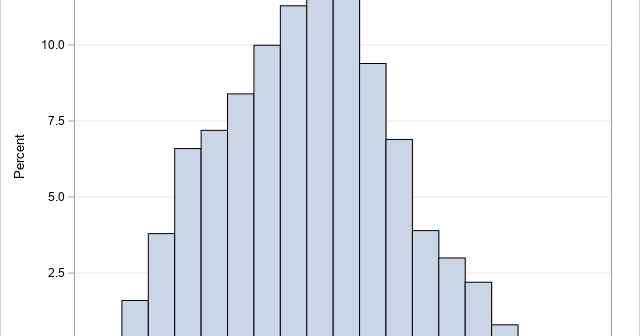
Real-world data often exhibits extreme skewness. It is not unusual to have data span many orders of magnitude. Classic examples are the distributions of incomes (impoverished and billionaires) and population sizes (small countries and populous nations). The readership of books and blog posts show a similar distribution, which is sometimes
